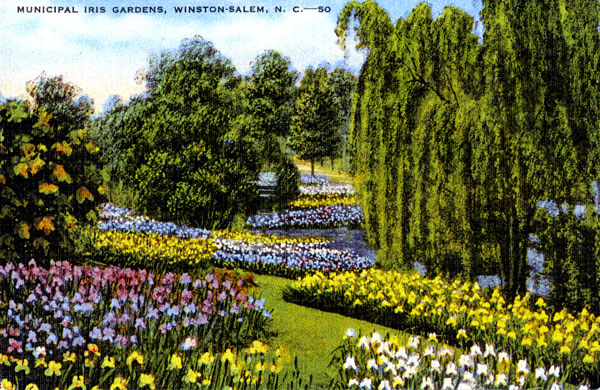
While researching our ‘Fashion Monger’ dahlia – a Garden Gate “must have” plant for 2017 – we discovered this tidbit in the Oct. 2, 1902, Journal of Horticulture, Cottage Gardener, and Home Farmer:
“A new type of dahlia has come into existence. It has been named the collaret form and first was brought to notice by Messrs. H. Cannell and Sons [of] Swanley, Kent. . . .
“This new class possesses . . . a series of stalked appendices of a collaret form producing a great ornamental effect. The engraving gives a good idea of its nature. The colors are somewhat limited at present but in the course of another season or so the variation of tints will be very much increased . . . .
“The original plants have already been awarded Gold Medals and Certificates at various important exhibitions. ‘President Viger’ is the best-known. . . . As there may be a future for this race, it is probable that many growers will obtain plants to form a beginning with them.”
There was indeed “a future for this race,” and scores of collarets – or collarettes, as they’re usually spelled in the US – are available today. ‘President Viger’ is extinct, alas, but we offer two of the oldest – ‘Clair de Lune’ (1946) and ‘Fashion Monger’ (1955) – and you can order them now for delivery in April!

















